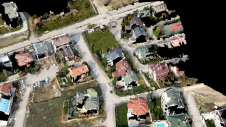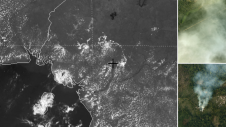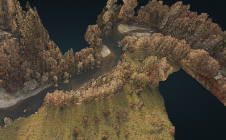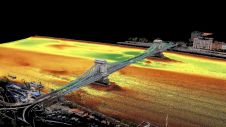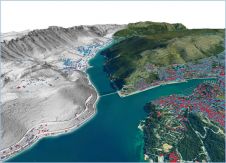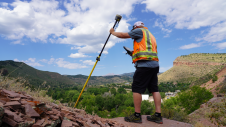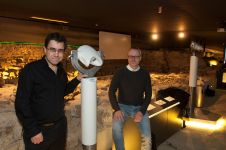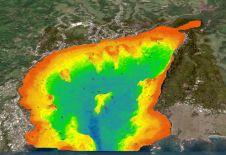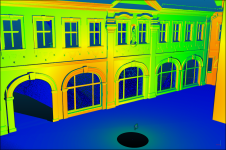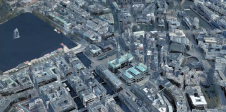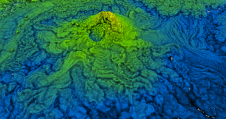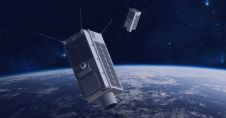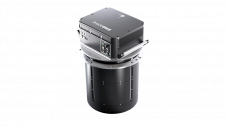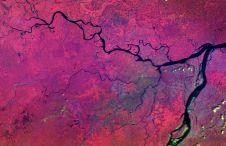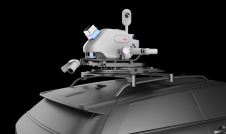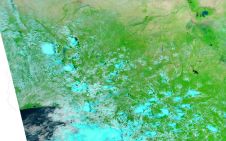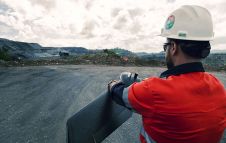森林结构映射和世界观2
Remote sensing techniques are cost- and time-effective and are non-destructive methods compared to conventional forest inventory methods which involve extensive fieldwork. Different types of optical satellite imagery with different spatial and spectral resolution have been examined for estimating biophysical parameters of natural forests and plantations over the past decades. Some of these data, such as SPOT-5, IKONOS and Quickbird, were useful for local and precise forest inventory due to their high spatial resolution, while such data as MODIS and ASTER were adequate for global inventory due to their high spectral resolution and wide swath.
30多年来的研究证明,森林结构映射的最有用的波长在可见和近红外带中,其中植被揭示了对不同参数的光谱响应,这可能与生长和健康有关。因此,该范围内的频段数量增加应该是有益的。另一方面,较高的空间分辨率通常会限制以较高光谱分辨率获取数据的能力。WorldView-2于2009年10月推出,可以被认为是第一个提供合理光谱分辨率的太空传播仪器,可见和近红外波长的8个光谱频段,同时以高空间分辨率捕获数据,为2米。该传感器提供了四个传统的遥感带,包括蓝色(448-508nm),绿色(511-581NM),红色(629-689NM)和近红外1,NIR1(772-890NM)。此外,它还以四个新乐队的形式获取数据,包括沿海蓝色(401-453nm),黄色(589-627NM),红色边缘(704-744nm)和近红外2,NIR2(862-954NM)。因此,该卫星使用户和研究人员有机会由于其高光谱和空间分辨率而产生各种有用的光谱和纹理信息。
Our experience with a pine plantation has shown that coastal blue band, which is known to be an insensitive wavelength to vegetation changes, is useful as a normalising factor in band ratios for reducing the effect of atmosphere and background on vegetation-sensitive bands such as green or yellow. Yellow and red edge bands, which are individually sensitive to the structural parameters of forests, can be used to develop some new vegetation indices which are more useful for estimating biophysical parameters compared to the traditional indices. NIR2 also shows better performance when it is used in vegetation indices such as NDVI compared to NIR1. Being high resolution also causes textural information to be more efficient than spectral information for estimating biophysical parameters. Moreover, using the extracted attributes of all 8 bands can improve the capability of the four traditional bands for forest structure mapping, especially for mean height, mean DBH and stocking due to the high spatial resolution of the data. However, the estimation of stand volume and basal area remains questionable due to interference of shadows and background effects that occur in all high-resolution images. Perhaps this issue can be overcome by fusing these data with Lidar data which gives vertically shadow-free information.
使您的收件箱更有趣。Add some geo.
Keep abreast of news, developments and technological advancement in the geomatics industry.
免费注册


